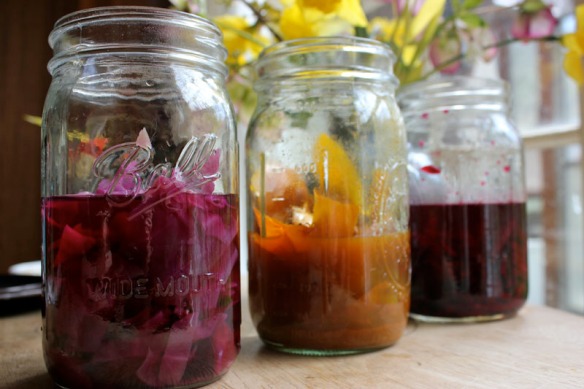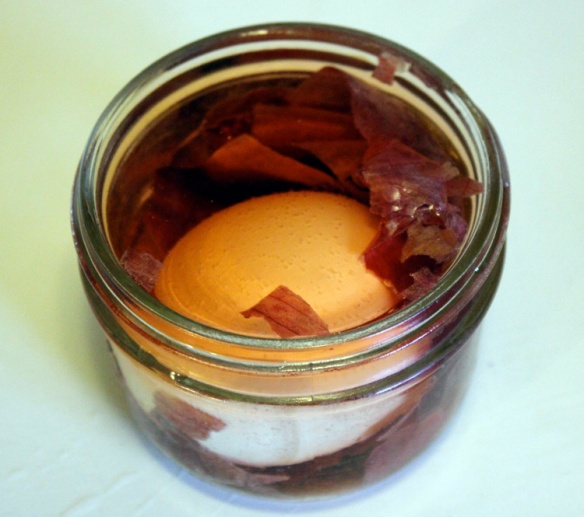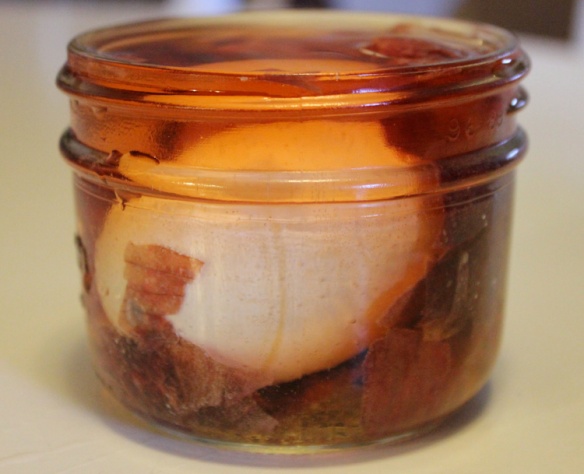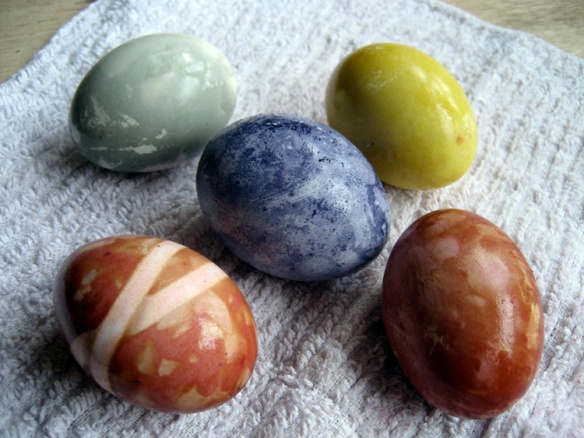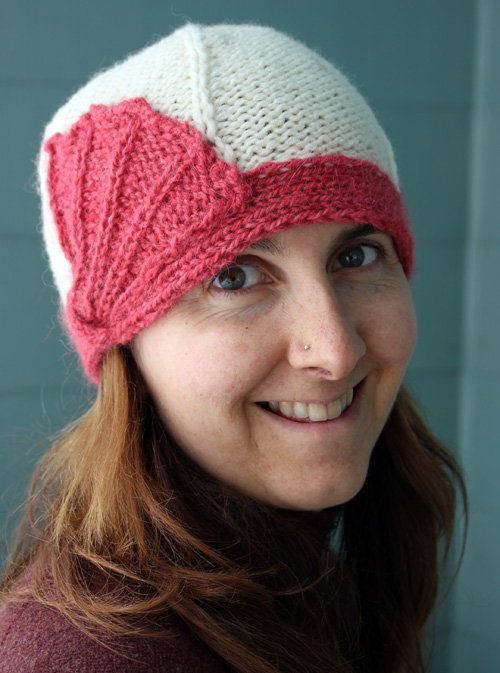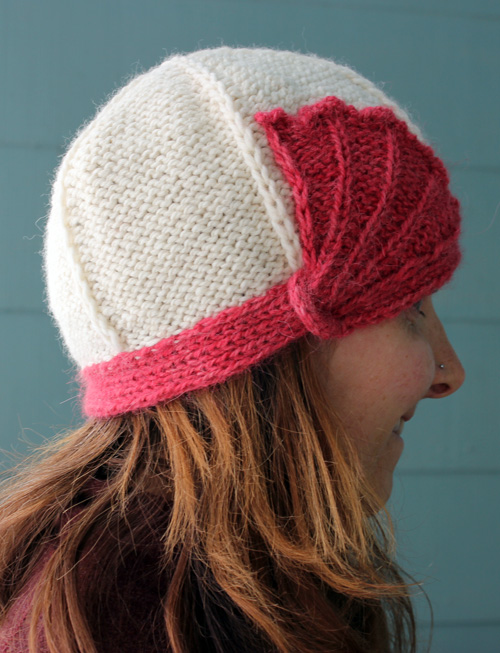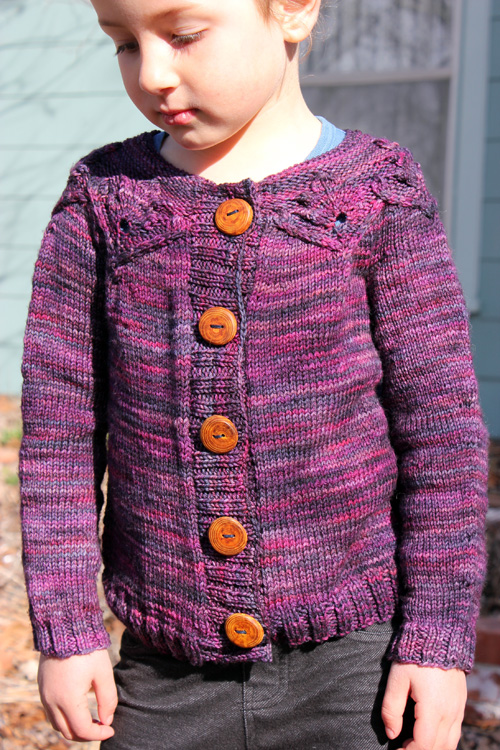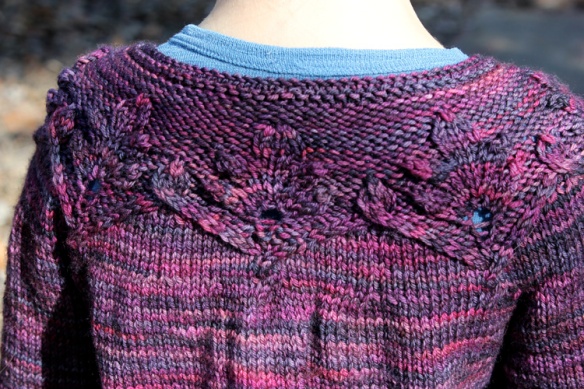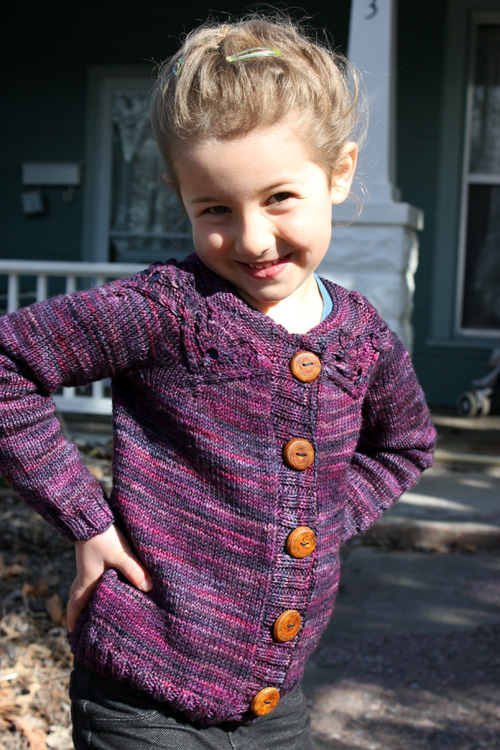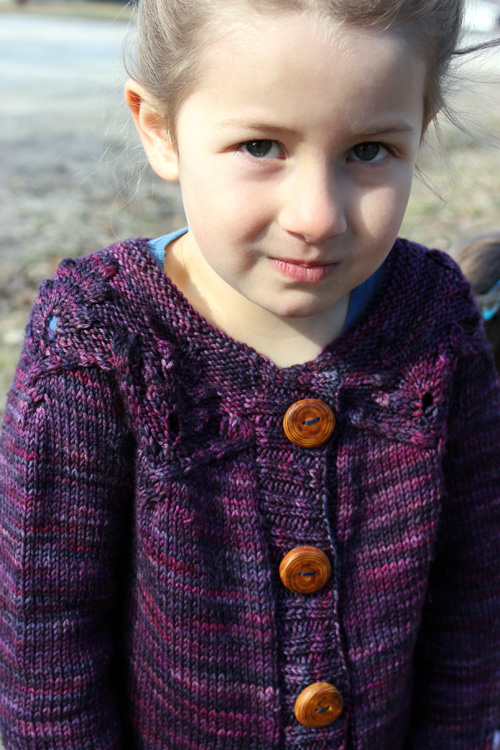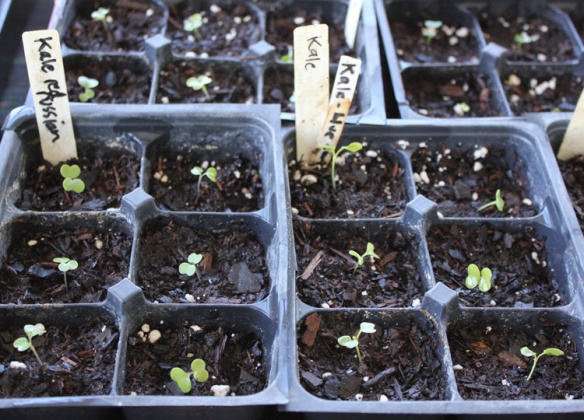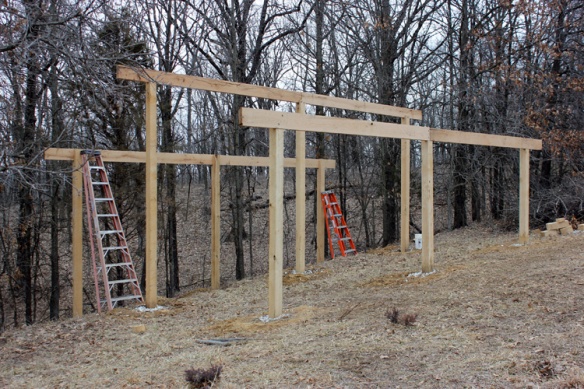Today, I bring you the second in my series of interviews highlighting the lives and work of inspirational women. (You can read my first interview, with Tara Wagner, The Organic Sister, here). I am thrilled to introduce Dr. Deb Zucker, a Naturopathic Physician, founder of Vital Medicine, and most importantly, my good friend!
I have known Deb for almost 14 years, and can easily say that she is one of the most grounded, compassionate, and deeply human people I know. Dr. Deb weaves the lessons she’s learned from her own healing journey, the support of community, and the power of wilderness into her unique and empowering programs. In Deb’s own words: “Vital Medicine is … designed to empower, support, awaken, and inspire people from all walks of life to create deep healing on every level.”
Welcome Deb!

Can you tell Homestead Honey readers a bit about your
life and your business, Vital Medicine?
Hi everyone, and thank you, Teri, for interviewing me here! Teri and I met in Oregon back in 1999 where we lived on the same land putting into practice many of the things that Teri so beautifully shares about in this blog!
Since that time I have gone through an intense personal healing journey that led me to become a Naturopathic Physician and to create my business, Vital Medicine, in 2009. I currently live in beautiful Bellingham, Washington. I garden and take walks most days along the gorgeous coastal trails right by my cottage home.
At the heart of my work I serve as a guide for people ready to step into an awakened relationship to health. I’ve developed a paradigm for healing which integrates every aspect of our selves, including the larger context in which we grow and evolve. I offer private mentoring, dynamic group experiences, and unconventional wilderness explorations for both health practitioners and laypeople, alike.
If you’re curious to learn more about my work you can go to vitalmedicine.com. I’ve got a blog, a free homestudy course, and audio clips to download to get more of a feel for what I offer.
How do you balance your professional healing and leadership capacities with your own nurturing, exploration, and self-care?
They feel so intertwined for me. What I offer to others is a direct translation of how I am living my life every day. I know a lot of people say that, but I truly experience it. I see myself still very much on a conscious healing journey that deepens and reveals new things to me each day. It feels to me like it has been a couple of years now that I can truly say that something has shifted in me on a deep fundamental level (and this is after 12 years of chronic illness and becoming a physician!). What I have experienced is a level of self love, self care, and compassion that is front and center. The choices I make in my daily life are filtered through this. I don’t experience the same sense of inner conflict around my relationship with health, the self sabotage and avoidance. I don’t feel like I have a check list anymore of what I am and am not supposed to do. It looks different each day, and yet there is a new ground of ease and love there holding how I move through life. My creativity in my work is born from this. The reflections and clarity I am able to offer to others on their path is born from this. The passion I have to support others is born from this.
On your website, you offer the following wisdom: “You might think “medicine” is just about bodies, nutrition, and exercise. This is exactly the orientation I’m here to challenge. True vitality honors every piece of your self, life, and journey, welcoming them to dance together in creative emergence.”
I love what you share here, and I’m wondering if there was a specific a ha! moment that led you to this wisdom?
There wasn’t one ah ha moment for me in this discovery. What I have come to know has been revealed in my own intense healing journey which began back in 1999 (when I first met Teri!). I have had long periods of significant fatigue, depression, and a host of other symptoms. I’ve used my struggles as an experiment, trying out so many different healing modalities and approaches, working with all aspects of myself in intensive ways, while also having that self learning lead me to become a Naturopathic Physician. I’ve accumulated a lot of knowledge and healing experiences of myself and many others in the process. What I spoke to in that quotation is really something that has come in time, like a veil slowly lifting, a popping out of a world view that I hadn’t even known I was immersed in. And my experience is that my connection with a new ground of health just keeps deepening. I’m still on my health journey and still learning every day.
You’ve recently expanded your healing practice to reach a wider audience via your free home-study course, teleseminars, and health communities. What has been the most exciting part of this expansion?
In widening my reach in this way I seem to be more easily connecting with individuals who are ripe and ready for what I have to offer. This allows me to be more authentic in my work, taking clients into a whole new territory that they haven’t experienced before, rather than trying to conform to the known models and perspectives. I am deeply grateful for the ways in which the video chat and phone technologies have allowed me to create such an intimate space with individuals regardless of where they are in the world. I know many of the people who connect with me in these ways have had difficulty finding health practitioners in their home communities who could hold them with the same kind of depth and wide embrace of all of what is contributing to their health journey. It feels great to be able to offer my gifts to people who are really yearning for them!
Your upcoming teleseminar, Nourishing the Whole Self, begins on March 11th. What do you mostly deeply wish to offer participants in this course?
I wish to support individuals in feeling empowered to become their own expert in their health journey. I wish for them to come to know themselves more intimately, to know what truly nourishes them physically, emotionally, spiritually. I wish for them to feel confident in knowing how to adjust their course, make different choices, and shift the state of their experience when what they are doing does not truly optimize their vitality and life expression. I wish for them to come away knowing when and how to ask for help, with greater discernment in sifting through the myriad of different opinions out there about how to be healthy. Ultimately I am hoping that participants are able to discover a new ground of health that brings them ease, alignment, and aliveness, stepping out of the paradigms and patternings that keep them in conflict with themselves and struggling to be healthy.
Thank you Deb!
*********
If you would like to learn more about Dr. Deb’s work, be sure to check out her website: www.vitalmedicine.com. For those ready to leap into a deep journey into awakening to true health, consider joining Deb’s upcoming teleseminar, Nourishing Your Whole Self, which begins on Monday March 11th.
*** I am honored to be part of Deb's affiliate network, which means that should you sign up for her course through my link, I would receive a percentage of the tuition. This directly supports me and my family. I fully and wholly support any course for which I am an affiliate.

